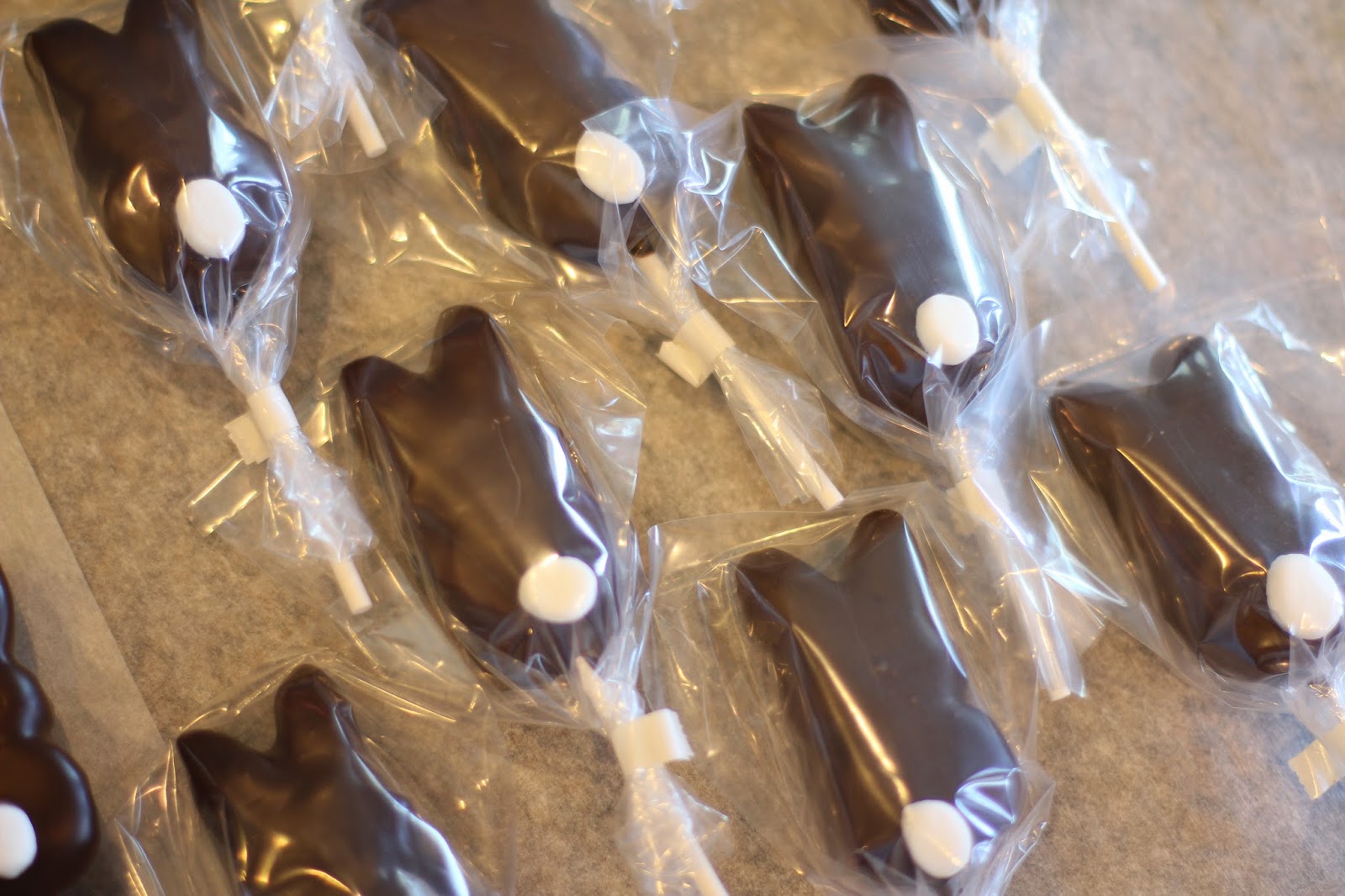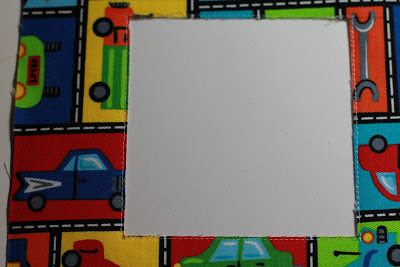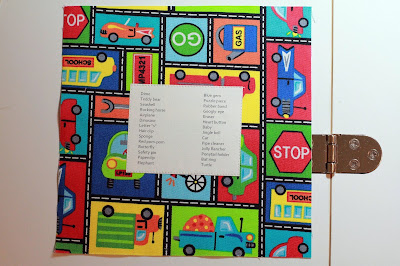If you have to have the best dog potty and often go over the top in getting just what you want then read on. If you want to do things the cheapest way possible, then skip this post and just go to Petco or Petsmart and buy one.
I have spent hours on the internet trying to find the very best dog potty for Zsa Zsa since I am trying to baby her after her bout with congestive heart failure. Most of the ones I found were too small for two dogs to use at the same time and since Zsa Zsa has a sister, Sasha, this was an important consideration. Since I now have to take Zsa Zsa out 7-8 times a day and must descend 16 stair steps down and outside to the potty and then back up again, I didn't want to take Sasha out an additional 4 times by herself. After all, my knees aren't in the greatest of shape and I need to baby them too.
On the internet I found a few larger dog potties that looked pretty nice but they were pretty pricey, over $100 and the grass on them didn't look that natural, and I never found one as large as what I ended up with. The solution was to spend a lot of time and research to build the perfect dog potty myself.
First, you need a base to hold a piece of sod or artificial turf where the pee is going to collect. Yes, that sounds a bit graphic but essential. I first bought a
GE 30 x 32 x 2-inch washer pan from Home Depot for $22. It was o.k. but when I got it home and started looking at it, I couldn't picture two dogs doing their duty on it at the same time. It seemed a bit small. But I didn't have any other promising options at the time so I kept it while continuing to shop.
Next I needed a piece of good looking sod. Home Depot had some
artificial turf that was unbelievably realistic and so nice I wouldn't mind having it in my family room as it was so soft but I had to buy a minimum of a 15-foot wide roll and I needed 3 feet wide so I would end up with 45 square feet at $3.99 per square foot. For a total of $179 resulting in enough sod for 5 dog potties, I couldn't justify the expense. I kept looking and took the chance on ordering this over the internet from Amazon, a piece of
36 x 36-inch Incase brand artificial turf. Yep, I know, $54 bucks. The doggies are worth it. But it actually turned out to be pretty nice, soft and fairly thick and realistic. It didn't have the thatch look like the Home Depot stuff but since I needed a smaller piece than a roll of 15-foot sod, I had to pay the price. The ideal thing would have been to find a remnant of a job done locally but I also tried that and couldn't get anyone to call me back.
So now I had a 36 x 36-inch piece of sod I liked but a 30 x 32-inch washer pan that would require me to trim the sod. Ouch, after I paid $6 a square foot for it, I couldn't do that so I later found this larger
38 x 38 x 2-inch Diversitech plastic condensate drain pan on the internet. Notice the white PVC drain at the right. We'll talk about that later.
It just happened that Grainger had a local store so I called them and they had one left in stock. Since I was the only woman in the store, the guy helping me at the counter wondered why I needed it and he seemed a bit bewildered when I told him I was making a dog potty. On the way home, I returned the 30 x 32-inch washer pan to Home Depot.
Next was finding some kind of layer of something that would hold the fake turf above the bottom of the pan so the grass wouldn't sit directly in the pee. After all, most dogs don't want to wade in sopping wet grass. I first considered these
Pooch Pads for the base as you can wash and reuse them over and over again but they are quite expensive and although I will spare no expense for my dogs, this seemed a bit over doing it. I may, however, consider it in the future if the present configuraton results in rust and gets yucky. So back to Home Depot where I found this
metal lath. It wasn't quite wide enough for my pan but the price was right at $7 and since it was 8 feet long I ended up cutting two pieces with my tin snips and overlapping them.
With the metal lath all nicely trimmed and laying in the pan, I put in the artificial turf and it was a perfect fit as the inside dimensions of the 38 x 38-inch pan were 36 x 36 inches. Voila!
Now about the white PVC drain that you see on the right. Notice that I have lined it up to the very edge of the deck. When the pee gets high enough to reach the drain, it will just spill over the edge to the grass below. To clean it, I can take a pitcher of water and rinse it out, tip it slightly and it will dump over as well. Hopefully no one will be walking under the deck at the same time.
If I become overly ambitious this summer, I may actually add a PVC pipe down to the lower patio and spare the possibility of anyone getting dumped on.











































